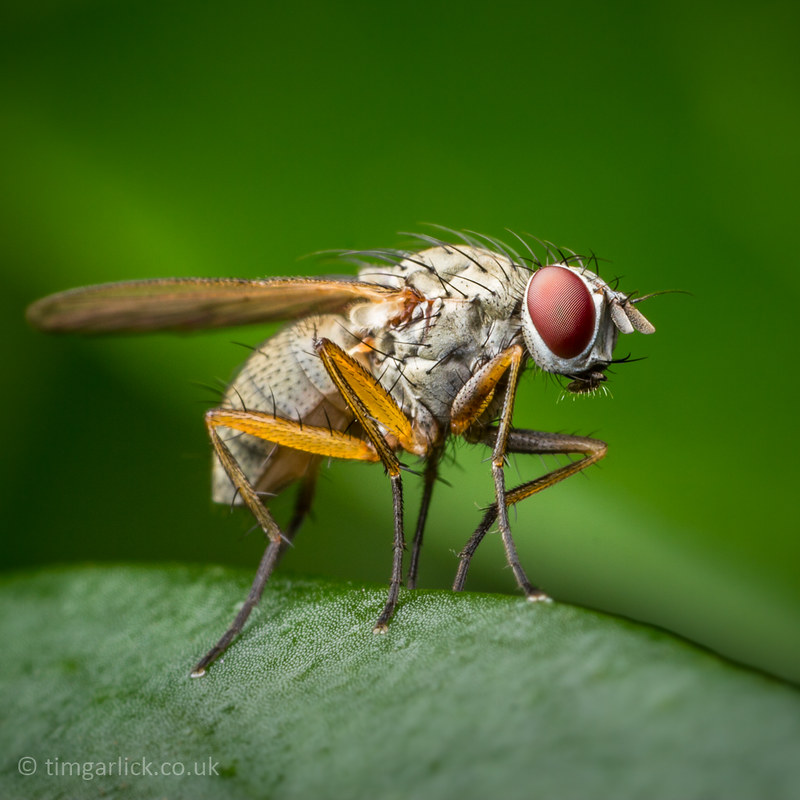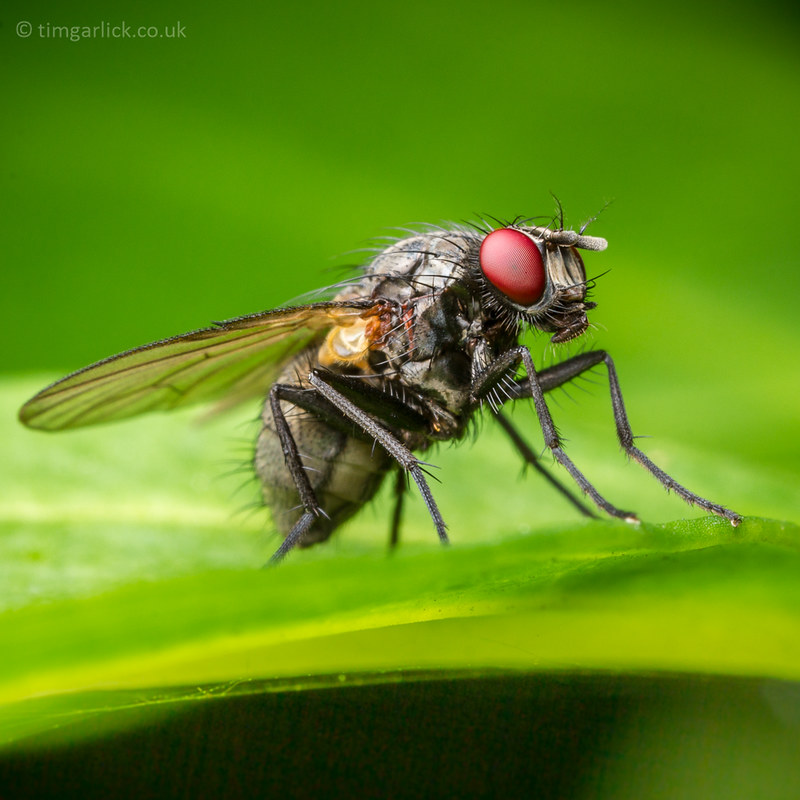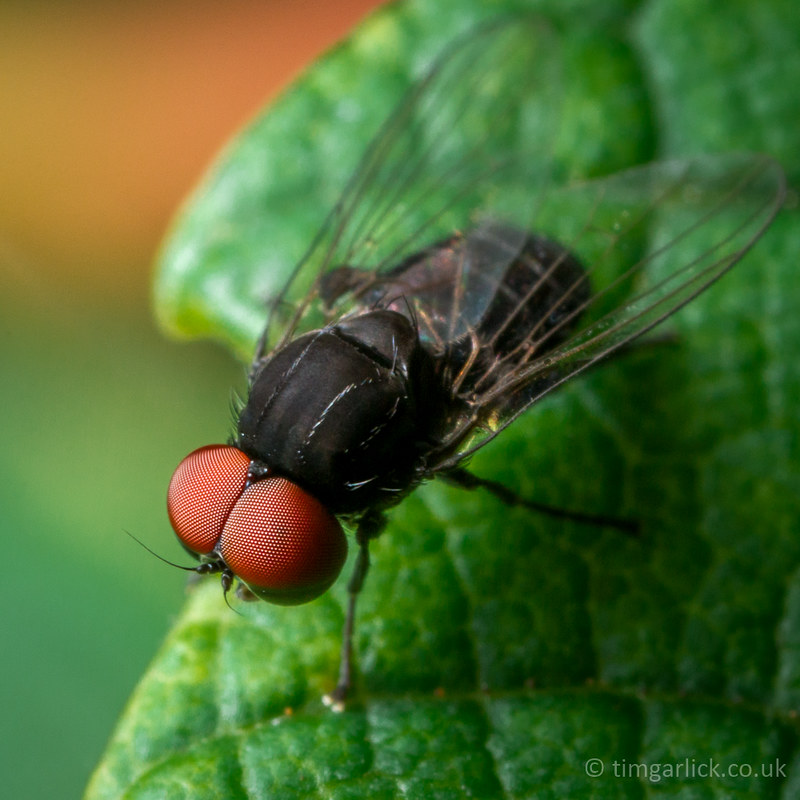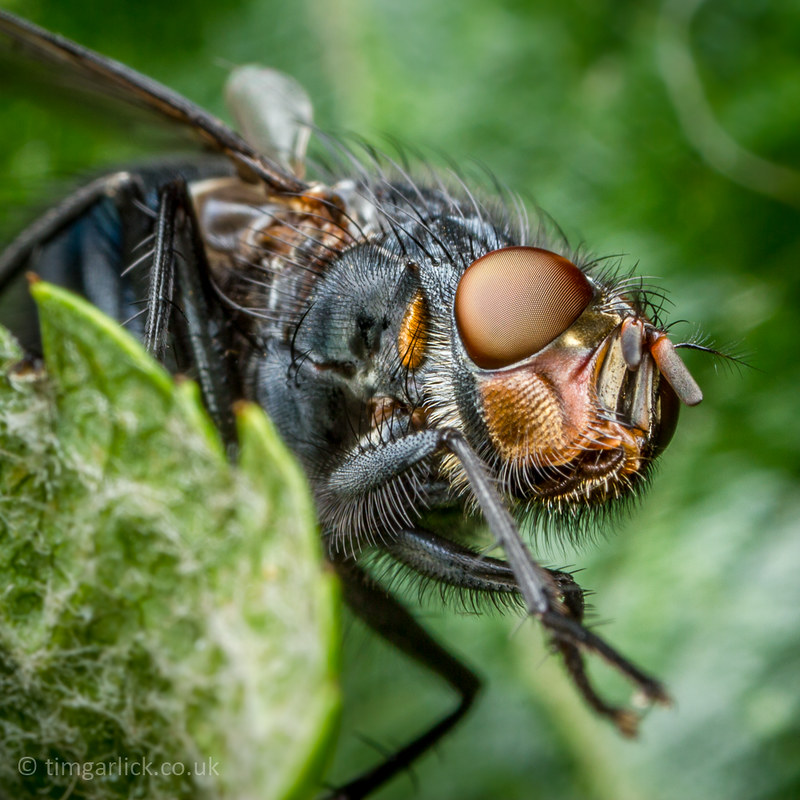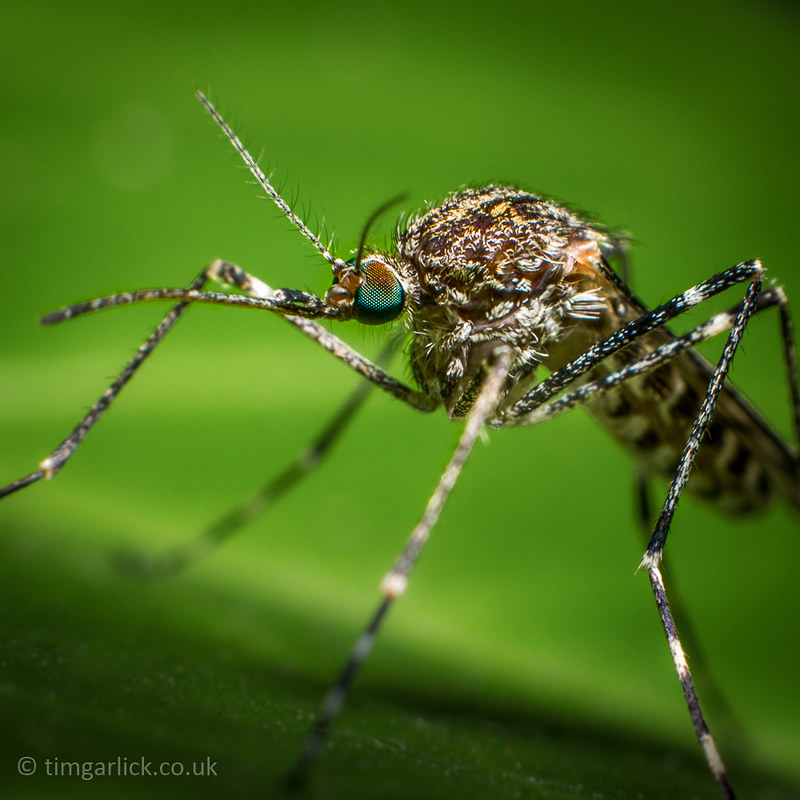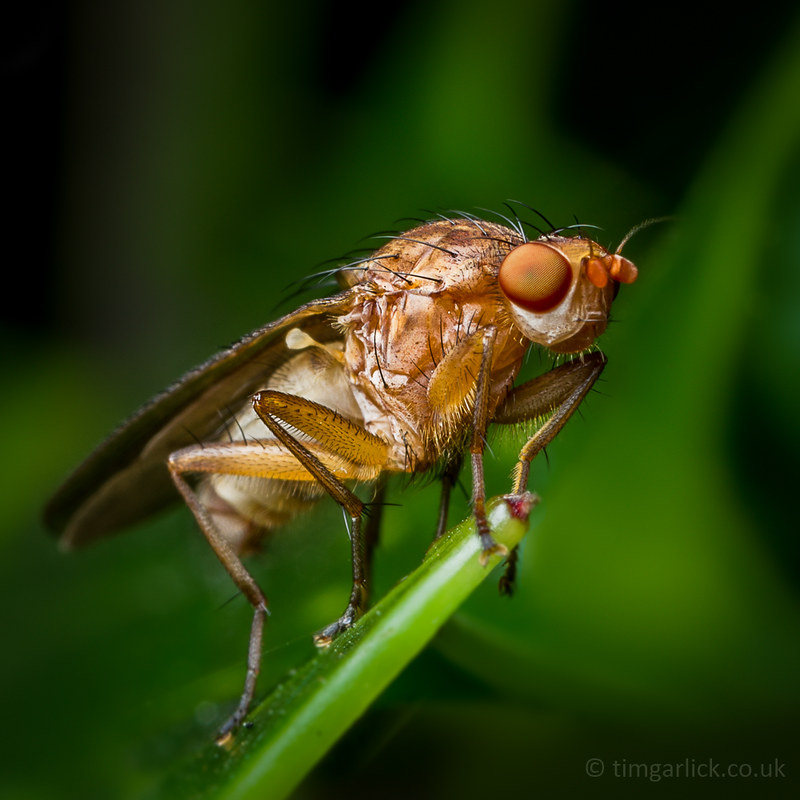No problems at all, I love a good knowledge share

Me too. I find they are quite difficult to come by though!
At higher magnifications I usually need a further light source (a torch) to assist with foussing, but you are quite right, the MP-E will be wide open until you hit the shutter.
My rig is obviously much inferior in the image quality it is capable of capturing (see below), but one of its advantages is that I don't lose light and I can use autofocus (with no additional light source) in almost all of the light conditions I work in (sometimes rather dim) and at any magnification available to me (which is down to scenes about 3mm in width, although I don't know that I've ever had a successful image at that scale. I rarely go beyond 8mm-ish scene width, which is of course in the region of 3:1 in APS-C terms or 4:1 in full frame terms). I almost always use autofocus (using a single, small, moveable focus box).
I do try to do a full sweep, usually from front to back and back to front again, then select the images that are most aligned and hope I have a full set of each focal point. These are handheld but I keep as much of my body on the ground as possible (including my hands) to minimise movement. Even so it's very difficult to keep the subject in centre of frame, and you need a set of reasonably well aligned images to get a good result from the stacking software. I can't use an external power source for my flash, but if my AAs are newly charged, I can get quite good recharge rates. That said it will take a second or two between each shot so I ill need a compliant subject. I use zerene stacker to do the actual stack, and this software has a great facility for correction using individual frames once the stack is completed. In this instance the barkfly nymph was moving the antenna slightly, so I had to just isolate these from a couple of frames (it's a bit like using the clone stamp tool in PS I suppose).
Fascinating that you can get that technique to work. I think I shall be trying more experiments with stacking. I have used Zerene for the small stacks I have done thus far; not very many of them, and generally using images that weren't captured with stacking in mind. One of my intentions for this year is to shoot more captures with stacking in mind.
Yep I still use my cheap extension tubes even on my MP-E (although I was counting my silly crop factor calculation in here). Again I have to set the aperture before mounting the lens. One day I'll splash out on some fancy tubes with contact points, but before then I would like to get a 1.4X teleconverter to really get close

Another nice thing about my rig is that everything works as normal, including setting apertures.
Yeah completely agree. I used to rely on the clarity slider in Lightroom, but reprocessed some early images with PS and the improvement was obvious. It takes more time and fills up my hard drive with PSD files, but I think it's worth the extra effort.
I like Lightroom for cropping and arranging the intensity and distribution of light. As part of that I generally apply a very modest amount of Clarity (+10) and an even more modest amount of Vibrance (+5). I think it is really easy to mess up an image with Clarity and Vibrance. I am much freer in my use of Shadows, Highlights, Whites and Blacks, which along with Exposure constitute my main tools for coaxing light to where I would like it to be. It is not uncommon for Highlights to be at its minimum setting and/or Shadows to be pretty high. I often end up pulling Highlights and Whites in opposite directions, which somehow seems rather counterintuitive (as is my impression that Whites have a rather large influence on the intensity of colours in the image). Similarly, Blacks and Shadows may go in opposite directions. As with Clarity and Vibrance, I routinely use a rather small amount of Contrast (+5).
As a standard part of my workflow I apply a very mild defog and very mild Curves in CS (i.e. a bit more massaging of the light distribution and micro-contrast) before resizing and doing the output sharpening.
I pass images from Lightroom to Photoshop (and occasionally back) using tiff files, which I then throw away.
Re; your choice of macro lens, I think it depends on what size bugs you want to shoot. Nothing to stop you getting some cheap extension tubes and trying that for a while before buying a dedicated lens though. I would lend you my MP-E to try out if I wasn't so attached to it and using it so often

Here we get to the nub of it. I'm not using a dSLR. I'm using a fixed lens ultra-zoom/bridge camera with a tiny sensor. So prime macro lenses, and extension tubes, are not runners until I invest in an interchangeable lens camera. I did use a micro-four thirds Panasonic G3 for a couple of years, but I wasn't convinced that I got any better results from it than with my bridge cameras even though its sensor was 9 times larger in area. I know this seems rather counter-intuitive/unlikely, but I had worked out before getting the G3 that it might be the case, but I had to try it to convince myself.
So I'm using a large zoom, general purpose fixed lens which obviously is much inferior optically to the lens(es) you use, in front of a 10 times smaller sensor, which obviously cannot capture the quality that larger sensors can, and happens to be a particularly noisy example of the breed, and then sticking inexpensive pieces of glass (achromats) in front of it. You can see why I'm interested in something a bit more tailored to the type of photography I'm into, and the implications in terms of technique of using equipment that is so different from what I am used to. On which score you are being both inspirational, and highly educational, for which I sincerely thank you on both counts.
Incidentally my brother just got the Canon EOS M with EF lens adapter. I really want to try my macro rig on that. Not sure how it will perform, but it has the same sensor as my dSLR and if I can reduce the weight of my setup it will be a relief!
Yes, weight is another thing that pulls me back a bit in my toing and froing/shall I, shan't I indecision about getting a dSLR and having access to the superb optics that you use.
